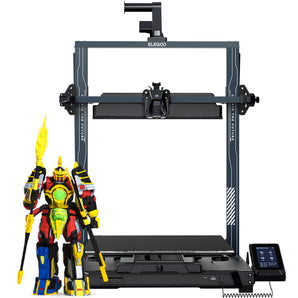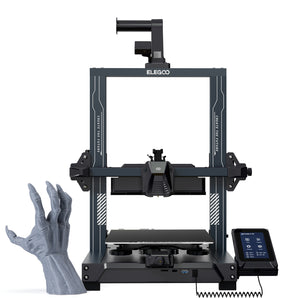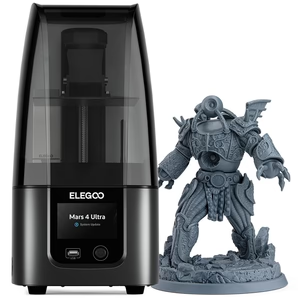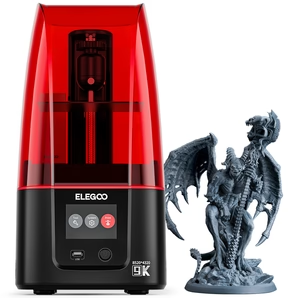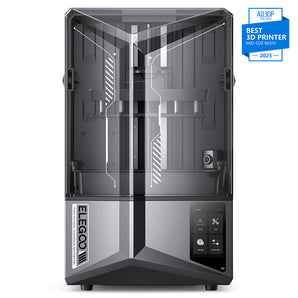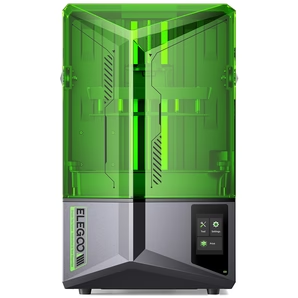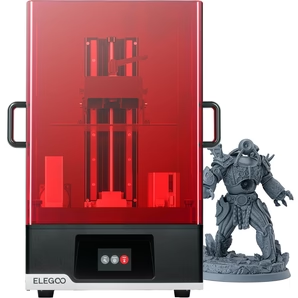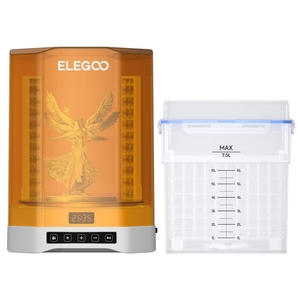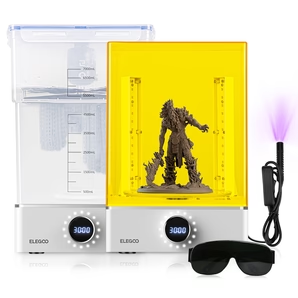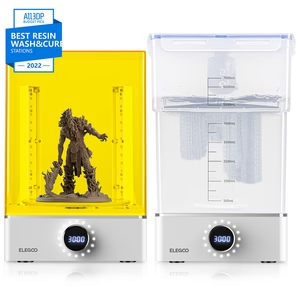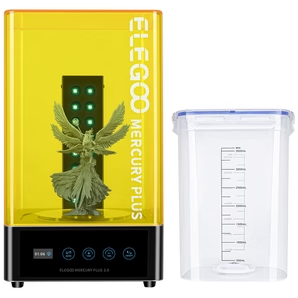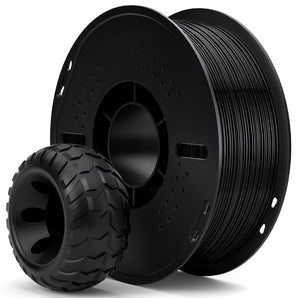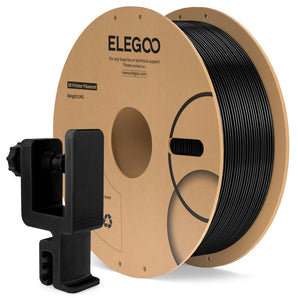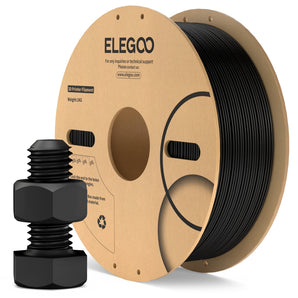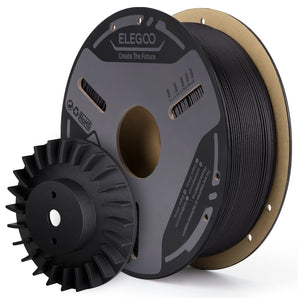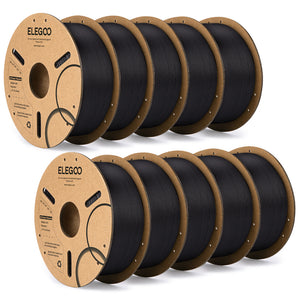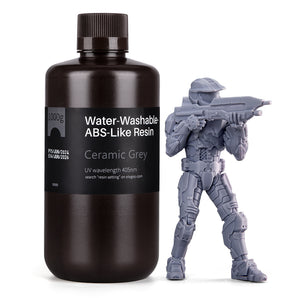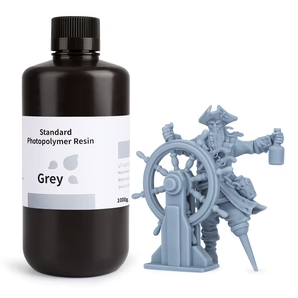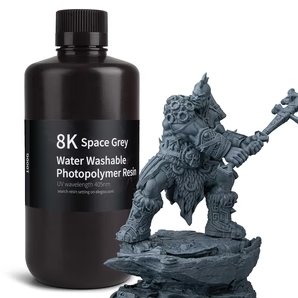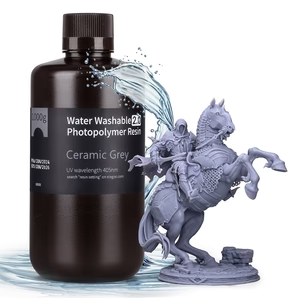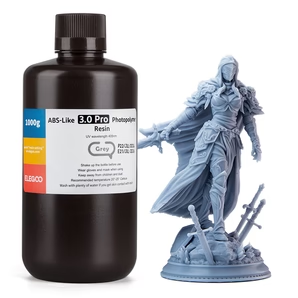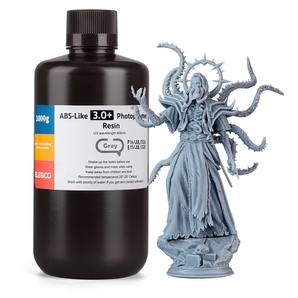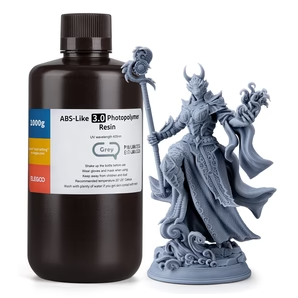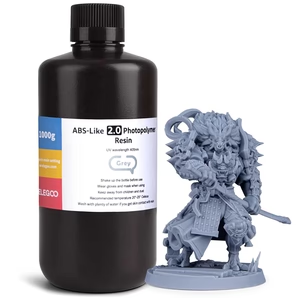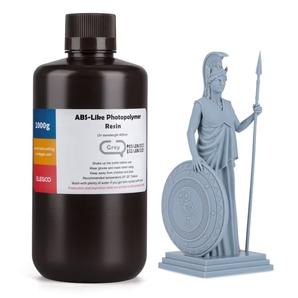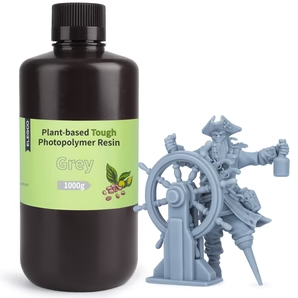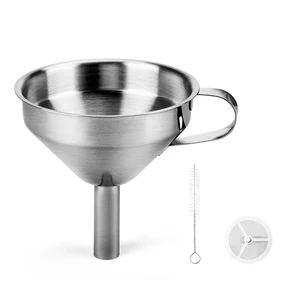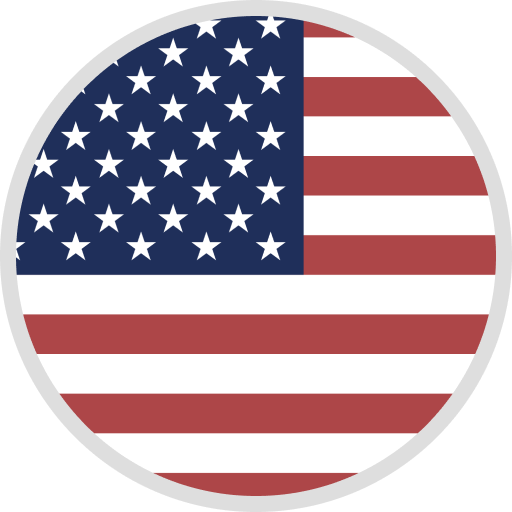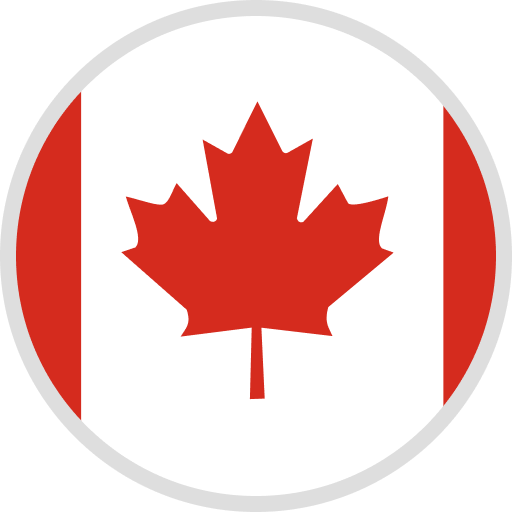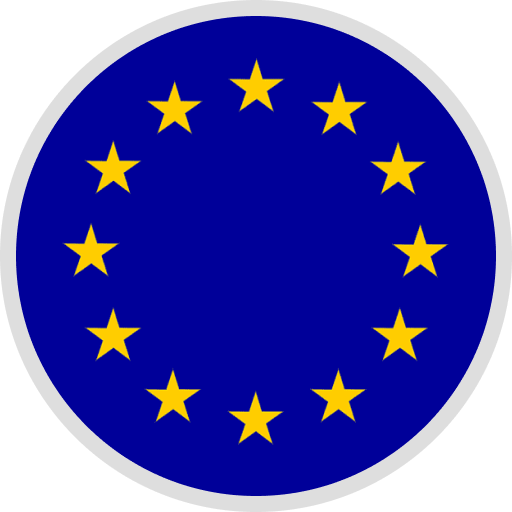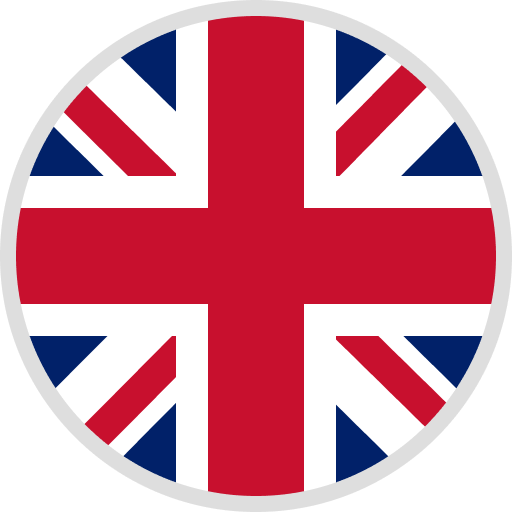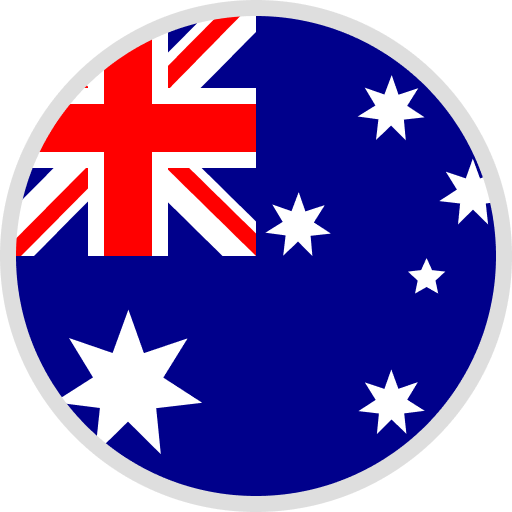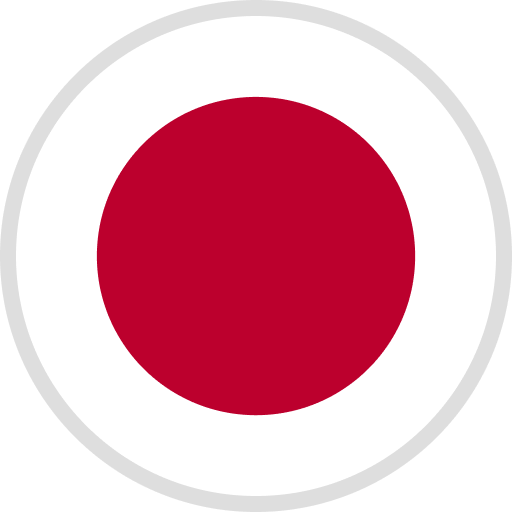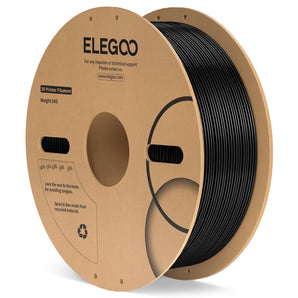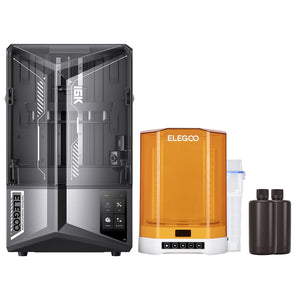Seeking The Best 3D Printer for Miniature Enthusiasts and Warhammer Fans
In the realm of miniature modeling and tabletop gaming, 3D printing has revolutionized how enthusiasts create and customize their collections.
Whether you're a Warhammer aficionado or a general miniature hobbyist, selecting the best 3D printer can be the difference between a passable figure and a masterpiece that stands out on the battlefield.
This article delves into the world of 3D printing for miniatures, with a special focus on finding the best 3D printer for those looking to bring their miniature worlds to life.
From intricate Warhammer 40K models to detailed terrain pieces, we'll explore the features, technology, and printers that make 3D printing a game-changer in miniature and tabletop gaming.
If you've ever wondered about the benefits of resin vs. FDM printers, the importance of print quality, or which printer is the best investment for your hobby, this guide is for you.
Outline
Best 3D Printer for Warhammer 40K Miniatures: What to Look For?
Recommended 3D Printers for Miniature Enthusiasts
3D Printing Tips for High-Quality Miniatures
Expanding Your Horizons: 3D Printing Terrain and Larger Pieces
- Choosing the Right Printer for Terrain
- Techniques for Printing Large Scale Models
- Creative Ideas for Tabletop Gaming
Best 3D Printer for Warhammer 40K Miniatures: What to Look For?
When diving into the world of 3D printed miniatures, especially those as intricate as Warhammer 40K models, the choice of printer is paramount.
Technology and material are the first considerations; resin printers (like the ELEGOO Mars series or Saturn 3) are often favored for their detail and precision, making them ideal for printing the fine features of Warhammer miniatures.
Detail and accuracy are crucial for miniatures that stand up to close scrutiny. Printers with higher resolution capabilities, such as 4K or 8K 3D printers, offer the precision needed for the complex designs of miniature figures and terrain.
Ease of use and maintenance are also key factors; look for printers that balance advanced features with user-friendly interfaces and straightforward upkeep, making the printing process as seamless as possible for both beginners and seasoned hobbyists.
Recommended 3D Printers for Miniature Enthusiasts
Top Picks for Resin Printers
For those prioritizing print quality and detailed miniatures, resin printers stand out.
The ELEGOO Mars 3 and Saturn 3 are excellent examples, offering high resolution and a user-friendly experience.
These printers are capable of capturing the intricate details required for high-quality miniatures, making them a top choice for enthusiasts looking to 3D print Warhammer 40K figures or similar detailed pieces.
Leading FDM Printers for Larger Models
While resin printers excel at detail, FDM printers are better suited for printing larger models and terrain pieces.
These printers offer larger build volumes and are more cost-effective, making them ideal for creating expansive terrain or larger structures for tabletop gaming.
Balancing Budget and Quality
Finding the best 3D printer involves balancing budget constraints with the desire for high-quality prints.
While cheap printers can be tempting it's important that you invest in quality rather than simply cost.
ELEGOO offer a range of options that cater to different budgets without compromising on the essential features needed for miniature printing.
3D Printing Tips for High-Quality Miniatures
Preparing Your Models for Printing
Success in 3D printing miniatures begins long before the print starts.
Using software to properly prepare and slice your models can make a significant difference in the final outcome. Attention to orientation, supports, and layer height can minimize post-processing work and ensure the best possible detail.
Post-Processing Techniques
After printing, post-processing plays a crucial role in achieving the desired finish.
Techniques such as washing, curing (for resin prints), sanding, and painting can enhance the appearance of your miniatures, bringing them to life with vibrant colors and textures.
Ensuring Longevity and Durability
To ensure your miniatures stand the test of time, consider the material used for printing.
Resin prints, while detailed, require careful handling and protection from UV light. FDM prints, on the other hand, are generally more durable but might lack the fine detail of their resin counterparts.
Expanding Your Horizons: 3D Printing Terrain and Larger Pieces
Choosing the Right Printer for Terrain
For those interested in printing terrain or larger pieces, an FDM printer with a large build volume is essential.
Printers with the ability to create expansive pieces can add depth and immersion to your tabletop games, making them more engaging and visually impressive.
Techniques for Printing Large Scale Models
When tackling large-scale models, techniques such as partitioning your model into manageable pieces and using fill settings to optimize strength and material usage can be beneficial.
This approach allows for the creation of large, detailed pieces without exceeding the printer's capabilities.
Creative Ideas for Tabletop Gaming
3D printing opens up a world of possibilities for customizing your tabletop gaming experience. From personalized miniatures to unique terrain and scenario pieces, the only limit is your imagination.
Experimenting with different materials, finishes, and painting techniques can further enhance your creations, making each game a memorable event.
Summary
- Resin printers offer superior detail for miniature printing, making them ideal for Warhammer 40K and similar intricate models.
- FDM printers are better suited for printing larger models and terrain, offering greater build volumes and material efficiency.
- Post-processing is crucial for achieving high-quality finishes on your prints, involving techniques such as washing, curing, and painting.
- Experimentation and customization are key to leveraging 3D printing in tabletop gaming, allowing for unique and personalized gaming experiences.
Whether you're just starting your 3D printing journey or looking to upgrade your setup, understanding the nuances of printer technology, model preparation, and post-processing can elevate your miniature and terrain projects to new heights.




























